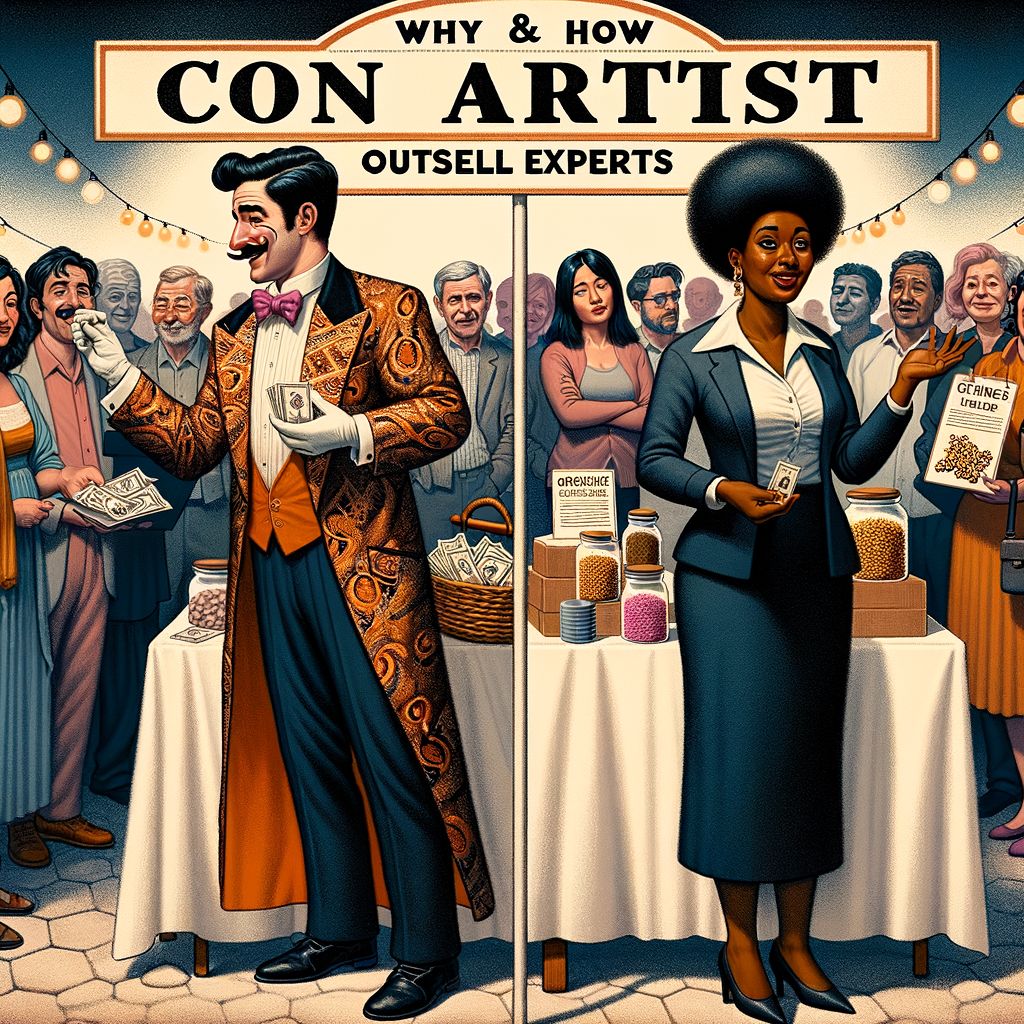Advterisment:
Learn how to make AI work for you
AI won’t take your job, but a person using AI might. That’s why 1,000,000+ professionals read The Rundown AI – the free newsletter that keeps you updated on the latest AI news and teaches you how to use it in just 5 minutes a day.
Table of Contents
Introduction
One of the biggest myths about schemes, scams and cons is the ridiculous idea that you can’t con an honest person. This is patently false. Con artists of all stripes, from crooked carnival barkers to politicians rely on a set of emotional levers to which we’re all vulnerable. So, here are 10 of those levers.

Reciprocity Is a Reflex - Even When It’s Rigged
The Manipulative Tactic: The scammer gives something: free advice, a compliment, a favor and then expects a return. The initial gesture is a setup. Once the victim feels indebted, even subtly, they’re easier to steer. The gift is not goodwill. It’s leverage. Emotional blackmail.
The Ethical Parallel: Give without strings. Generosity creates goodwill but only if the recipient feels free, not trapped. Reciprocity should inspire trust, not trigger guilt.
"The moment the gift feels like bait, the trap springs shut."
Storytelling Disarms Skepticism
The Manipulative Tactic: Con artists spin stories not facts. They weave narratives with urgency, mystery, and emotional pull. The story captivates and clouds. It locks the target in suspense and drives action before reflection. Facts lose to a good plot.
The Ethical Parallel: Tell stories: but real ones. Be prepared and be truthful. Invite your audience to think critically, even within the narrative. Use your targets psychologically but use it honestly.
"We suspend disbelief for a good story—even when we shouldn’t."
People Seek Emotional Relief, Not Rational Debate
The Manipulative Tactic: Con artists don’t bother with data. They offer escapes from shame, fear, debt, desperation or loneliness. When people are hurting, they don’t want proof. They want hope. Scammers bypass analysis by promising salvation, speaking directly to the limbic brain that governs urgency and survival. If it feels better, it must be true.
The Ethical Parallel: Start with empathy. Reflect their internal state before you prescribe the solution. Influence flows when people feel seen and understood.
"Recognition of emotional distress often precedes cognitive receptivity."
Identity Is the Gateway to Persuasion
The Manipulative Tactic: Con artists weaponize identity. They mirror the mark’s self-concept, “You’re too smart to be fooled.” Ironically, this very flattery becomes the bait. Now rejecting the offer would feel like rejecting their own identity.
The Ethical Parallel: Align your message with who they believe they are—or aspire to be. People don’t change for logic; they change for a version of themselves they want to protect.
"If they see themselves in the message, they’ll fight to keep it true."
The Manipulative Tactic: Fraudsters know that in uncertain situations, people copy others. They manufacture popularity with fake crowds, planted testimonials, and forged endorsements. It’s not the proof that matters - it’s the perception of consensus. If it looks trusted, it feels safe.
The Ethical Parallel: Use authentic, verifiable proof. Highlight relevant testimonials, press coverage, and case studies—not to manipulate, but to reduce decision anxiety.
"We believe what others believe—especially if they look like us."

Social Proof Doesn’t Need to Be Real - Just Visible